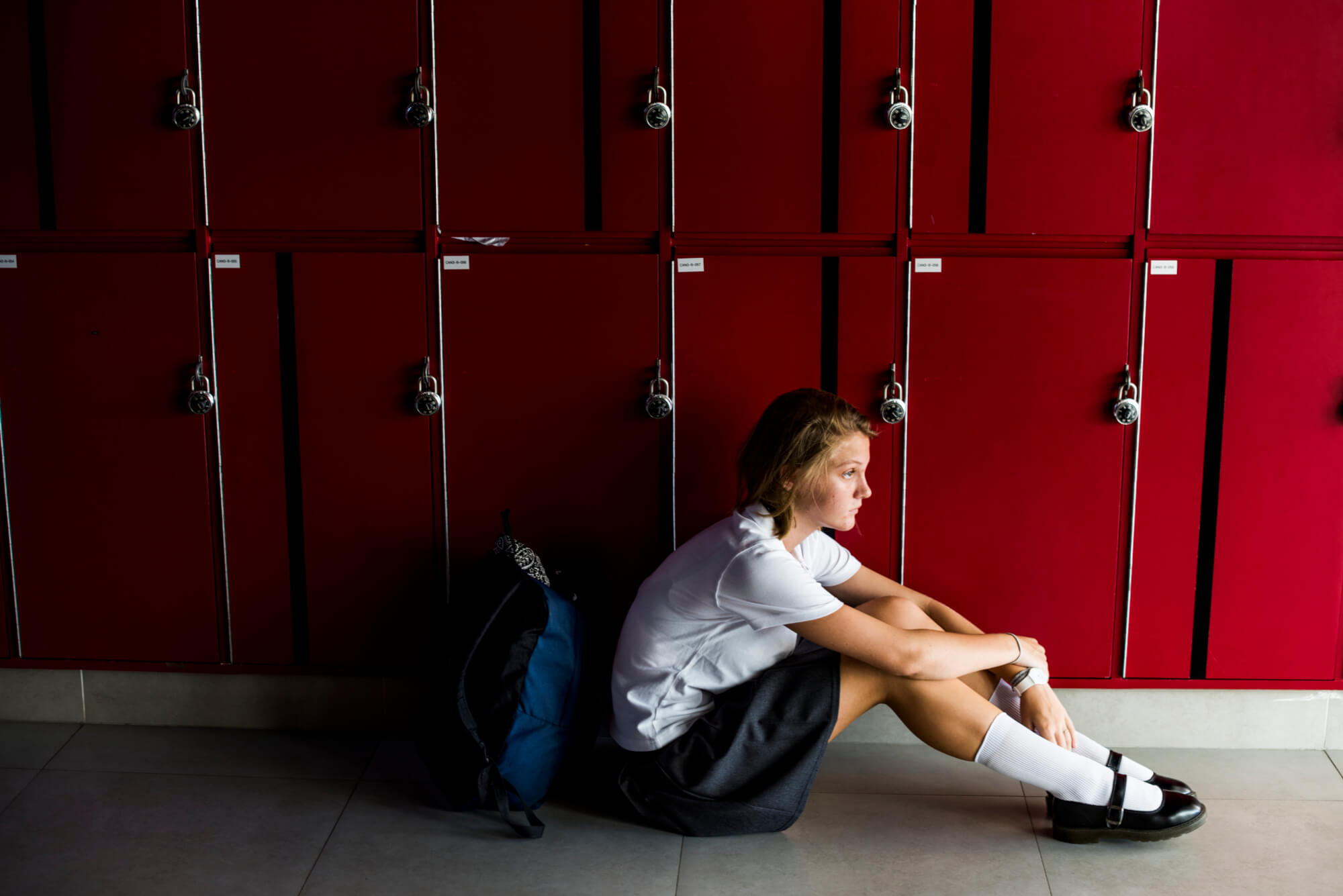The Decline in Children & Young People's Wellbeing

The latest Good Childhood Report, an annual review of children’s wellbeing in the UK which tracks trends in young people’s happiness and mental health has been published.
Good Childhood Report 2024
The latest report, published annually since 2009, demonstrates an ongoing decline in children’s and young people’s wellbeing and increasing socio-economic disparities.
The report paints a sobering picture of how the youth today sees its life developments based on multiple datasets, e.g. Understanding Society, the Programme for International Student Assessment (PISA 2022) and surveys of children aged 10 to 17 years.
The report reveals a decline in wellbeing among children. 11% of children aged 10 to 17 reported low wellbeing, a number that has stubbornly stayed high in recent years. The UK has the lowest child life satisfaction score in Europe. Analysis of PISA data shows that 15-year-olds in the UK report the lowest average life satisfaction compared with their peers in 27 European countries.
Data for the period 2009/10 to 2021/22 also shows a steady decrease in happiness over time in five key areas:
- Life as a whole
- Friendships
- Appearance
- School
- Schoolwork
The Importance of Strong Family Relationships
However, children’s reported happiness about family life indicates that strong family relationships continue to be a protective factor against declining wellbeing.
Gender Gaps
Exploring gender gaps in wellbeing, the report shows that in many areas, girls have continued to show larger reductions in happiness than boys. Compared to boys, girls reported significantly lower scores of happiness in life overall and in school and family life. In the 2009/10 to 2021/22 period, girls’ satisfaction with their appearance has also dropped sharply, impacting self-esteem and wellbeing. The findings indicate a drop in wellbeing among boys however, this is significantly lower than the data for girls.
High Levels of School Dissatisfaction
Worryingly, the data reveals high levels of school dissatisfaction, with 14.3% of children aged 10 to 17 reporting that they were unhappy with school. According to the report, pressures from exams, bullying, and mental health problems play a big part in this trend. The data indicates that the school environment is not meeting the emotional and psychological needs of many children, who report increasing stress due to academic pressures and social expectations.
The Expanding Social and Economic Divide
The data on the expanding social and economic divide is also concerning. The UK has the widest gap in life satisfaction between the most and least advantaged 15-year-olds in Europe. Children from lower-income families are twice as likely to report poor wellbeing than children from higher-income families. The financial pressure from the cost of living crisis has widened this divide, which has impacted on the provision of safe and supportive environments for some children.
The 2024 The Good Childhood Report examines several key contributing factors to the decline in wellbeing including:
-
Academic and Exam Pressure
- Young people have increased academic expectations that lead to stress, anxiety, and burnout.
- Schools are focused on performance, leaving less space for mental health support and holistic education.
-
Body Image and Social Media Comments
- The report shows how worries about appearance are rising, especially among girls.
- Unrealistic portrayals of beauty standards via social media platforms lower self-esteem.
-
Bullying and Peer Relations
- Happiness with friends is decreasing, indicating that children are dealing with increased peer pressure, bullying, and online harassment.
- Online bullying continues to be a critical problem as it undermines self-esteem and mental health.
-
Financial Stress and Economic Inequality
- For some children, the worry of their family not having enough money affects their happiness and wellbeing.
- High levels of stress among parents from lower-income households negatively impact families.
In response to the report findings, several recommendations have been made. This includes:
-
A National Wellbeing Strategy for Children
- HM Government are being urged to make children's wellbeing a priority of national policy by introducing a holistic, long-term plan to improve mental health services, education policies, and socio-economic protections for young people.
-
Reforming Education to Support Mental Health
- Wellbeing should be incorporated into the school curriculum so that students understand they can excel academically while also maintaining their mental and emotional health.
- Schools should provide more mental health support through counselling services and peer mentoring programmes.
-
Addressing Social Inequality
- The report advocates for targeted financial support for low-income families to ensure children from disadvantaged backgrounds have an equal shot at happiness and success.
-
Regulating Social Media and Body Image Pressures
- Regulatory bodies should enforce regulations on social media content related to body image and unrealistic beauty standards.
- More lessons on digital resilience and self-esteem building in schools.
The Good Childhood Report reveals an alarming picture of children’s wellbeing in the UK, with declines in happiness across a number of areas of life that are consistent and sustained. As dissatisfaction with school, social pressures, and economic disparities widen, we need urgent support for young people to reverse these negative trends.
A combination of government action, education reform, and social policy change will be required to ensure that all children, whatever their background, have the chance to flourish. Tackling these challenges today will be vital to ensure a happier, healthier future for tomorrow’s generation.
SSS Learning
12 February 2025